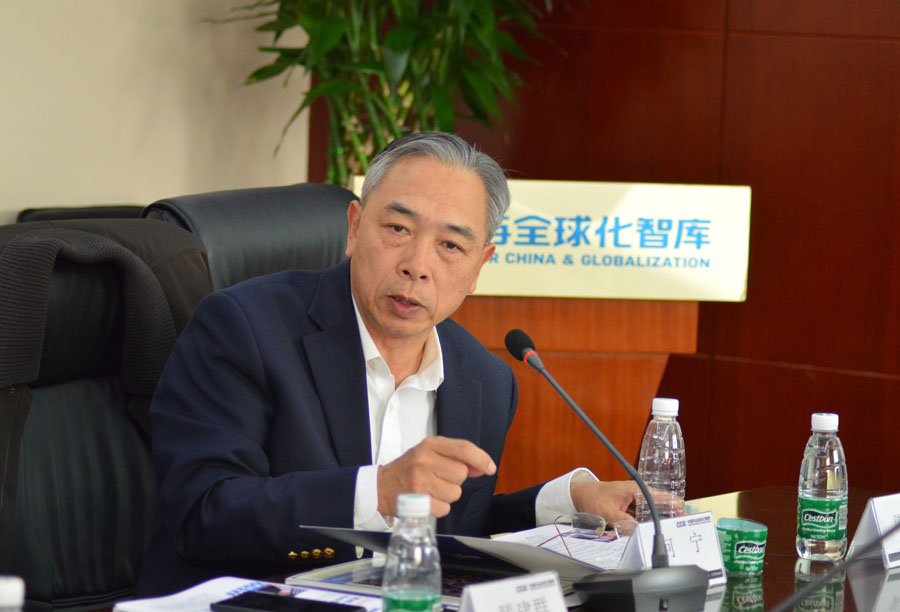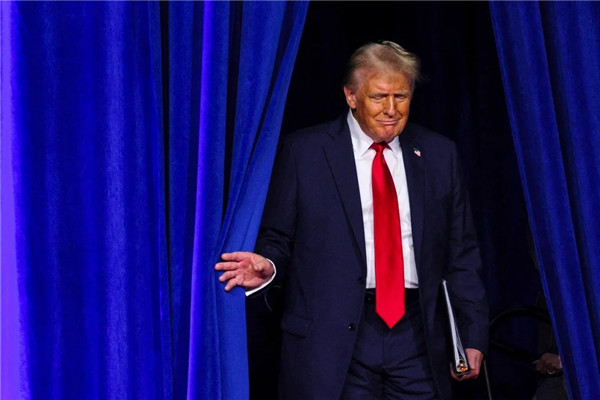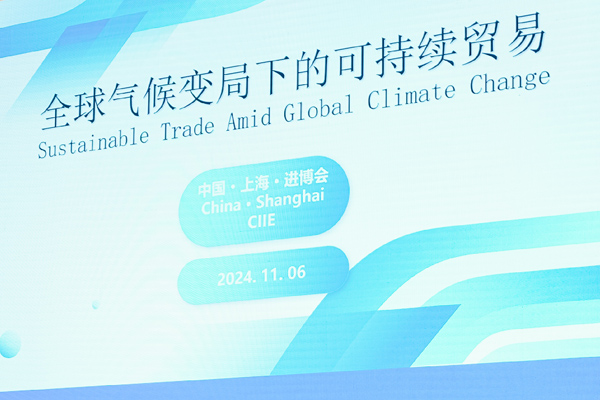【Bloomberg】India May Water Down China-Championed Asia Trade Pact
April 03 , 2017
India’s foot dragging on a China-championed Asia trade pact has increased the risk the deal gets diluted or delayed.
A fear of being flooded by Chinese import sand an insistence on global mobility for its IT services workers is behind India reluctance to move forward. While Asia’s third-largest economy may eventually sign on to the Regional Comprehensive Economic Partnership, analysts say the end product could be so vague it has little benefit.
“I just don’t see an appetite in India for trade,” said Richard Rossow, the Wadhwani chair in U.S.-India policy studies at the Center for Strategic and International Studies in Washington. “If they can water it down to have something almost meaningless, they would sign it. But if other people hold their ground, I don’t see them signing it.”
With President Donald Trump withdrawing the U.S. from a separate 12-nation deal known as the Trans-Pacific Partnership,attention has turned to the RCEP, which involves 16 Asian nations accounting for 3.5 billion people and $22.5 trillion in gross domestic product. While theTPP would be a broader and deeper pact, the RCEP in theory could boost growth, especially among the disparate economies of Asia.
China as well as RCEP’s chief negotiator have indicated the bulk of the deal could be wrapped up this year. But there’s no real solution to India’s resistance to lowering tariffs for China as well as Delhi’s penchant for caution on trade deals. Some analysts have suggested countries could even sign an agreement without India.
The next round of talks is scheduled for the Philippines in May, after which negotiations move to India.
Commerce Minister Nirmala Sitharaman has said India is committed to the RCEP, as has the country’s foreign ministry. But there is quiet grumbling over India’s stance. Rossow has spoken to officials from one RCEP nation who expressed deep frustration over India’s position and asked for advice on how to handle New Delhi.
One senior negotiator involved in the talks said tensions between China and India, which lack a bilateral free-trade agreement, are a big sticking point. There are also disputes between India and Southeast Asian nations, which are reluctant to entertain migration provisions for service sector workers.
India has been hesitant to expose its domestic manufacturers to competition from China, which runs a $52 billion surplus with India. New Delhi also has trade deficits with RCEP members such as Japan, Indonesia, South Korea, Australia and Malaysia.
During the most recent RCEP talks in Japan, India proposed a formula where it would offer deeper tariff cuts on goods to nations other than China, with maximum concessions being given to Association of Southeast Asian Nations members. However this was opposed by other countries, according to officials in India’s commerce ministry who asked not to be identified, citing the private nature of the talks.
On a state visit to India on April 1, Malaysian Prime Minister Najib Razak said he hoped to conclude the RCEP soon with India’s help. Modi, who was speaking alongside him at a briefing, didn’t mention the trade deal.
India has a mixed record on trade deals. It has signed agreements with Asean members but these “haven’t really made much difference” to trade flows, said Razeen Sally, associate professor atthe National University of Singapore.
Meanwhile, a deal with the European Union has “languished for about a decade,” Sally said. Bilateral talks with countries such as Canada, Australia and New Zealand are”decelerating” under Prime Minister Narendra Modi, according to Rossow, who wrote recently “these partners have questioned India’s desireto complete forward-leaning trade deals.”
Domestic political considerations for India may prove insurmountable, said James Laurenceson, deputy director of theAustralia-China Relations Institute at the University of Technology Sydney.
‘Move On’
“If India cannot get bilateral deals done, it’s hard to imagine how they might get a bigger multilateral deal over the line,” he said. “It would be better if India were part of it, but if India isn’t going to keep up with the rest of the region, then the rest of the region needs to move on.”

India generally takes a conservative approach to free trade, according to He Ning, senior fellow at the Center for China and Globalization (CCG) in Beijing and a former Minister for Economic andCommercial Affairs at China’s embassy in Washington.
“Though India says they are free, they are democratic, they are free trade, but in most cases they stand up to say no to free trade,” said He, who was also former director-general of the Departmentof American and Oceanic Affairs in the commerce ministry. “When you are trying to do something good at a certain point India would like to stand out to say no, in most cases for bargaining.”
Cutting tariffs for China specifically could create domestic risk for Modi as the countries have long standing border tensions and are jostling for influence in South Asia.
Lower tariffs in past trade deals have given foreign companies “a bigger share of our market, but because our manufacturing isn’t up to date we haven’t taken advantage of lower tariffs in other markets,” said Lalit Mansingh, a former Indian foreign secretary and ambassador to the U.S.
For India, access to new IT service markets across Asia is particularly important given the Trump administration’s signals about restricting H1-B visas that Indian outsourcers get, said PriyankaKishore, Singapore-based lead Asia economist at Oxford Economics Ltd.
“They want to find a backup plan incase the entire U.S. visa thing blows up in India’s face, and so here’s a backdoor into some untapped markets,” Kishore said.
Without India, the RCEP would be finished faster, Sally added. “There’s a good chance it will be concluded. But with India in the deal, it’s likely to be weaker than it otherwise would be.” (By Iain Marlow and Shruti Srivastava)






